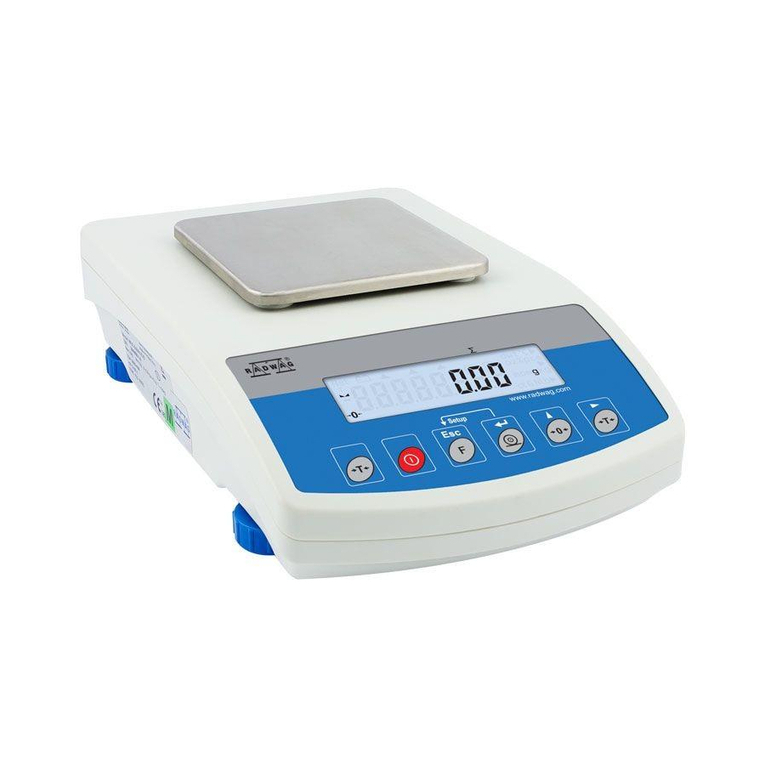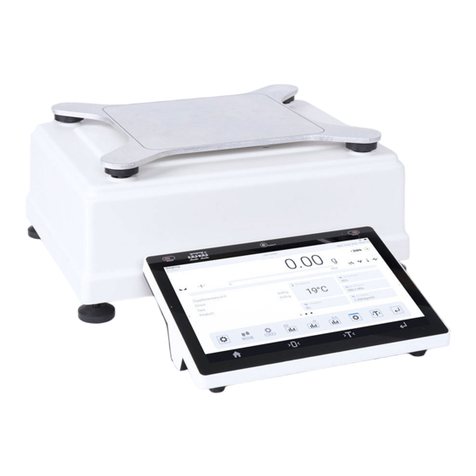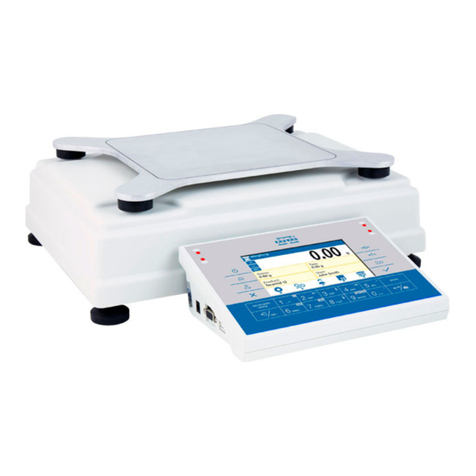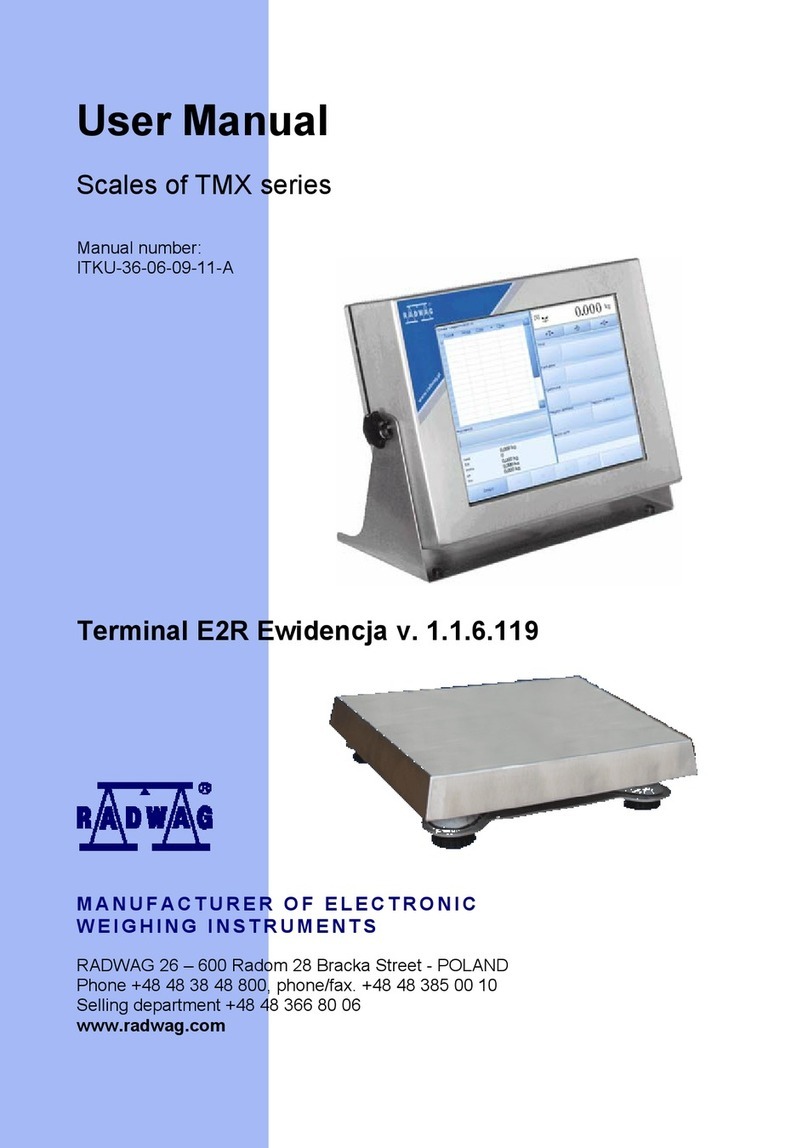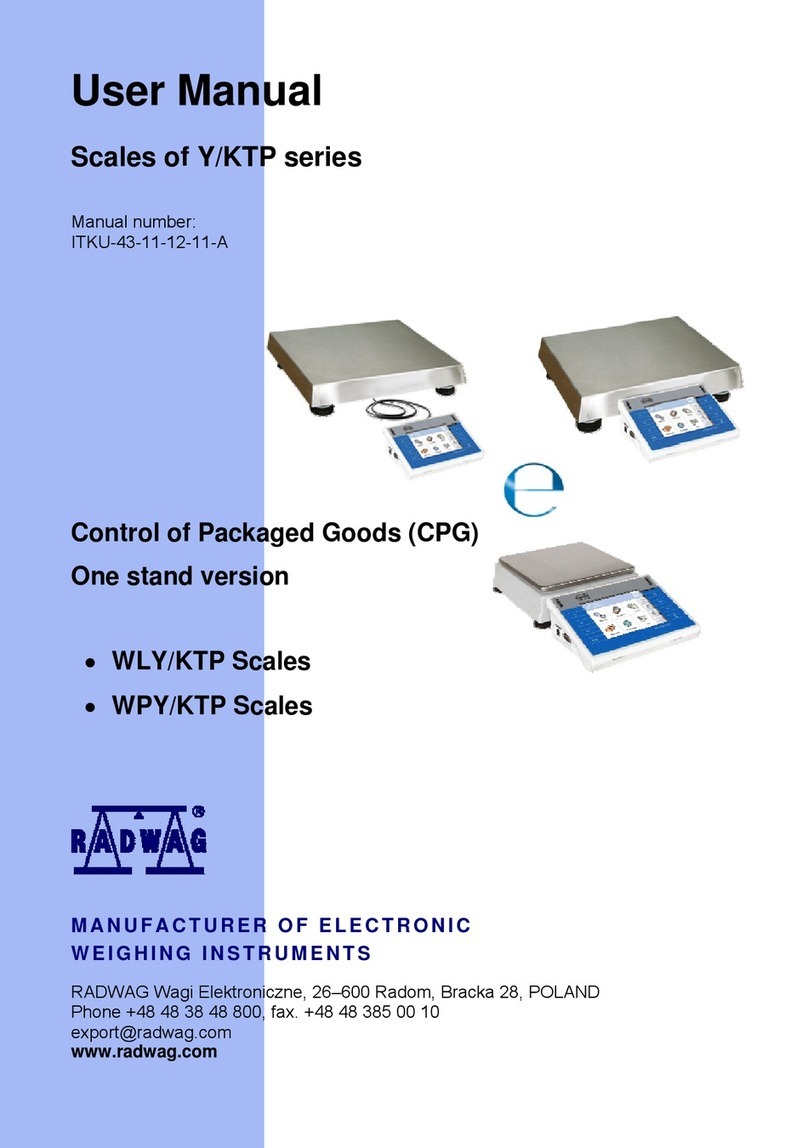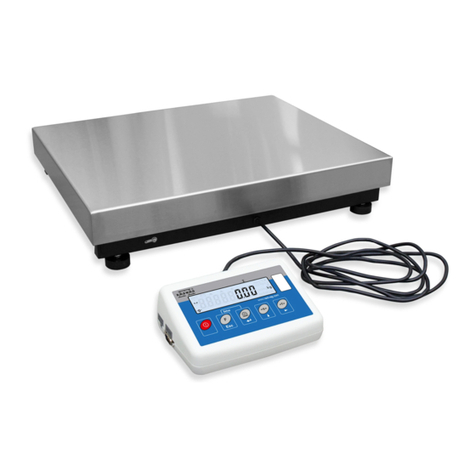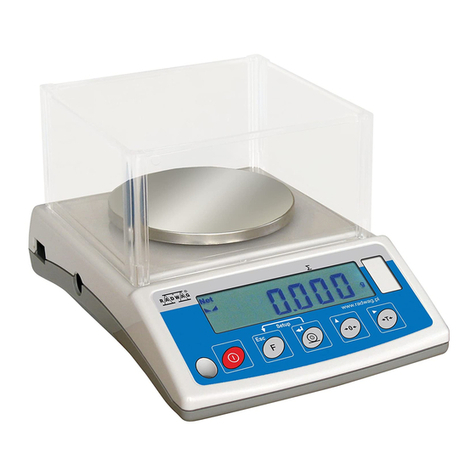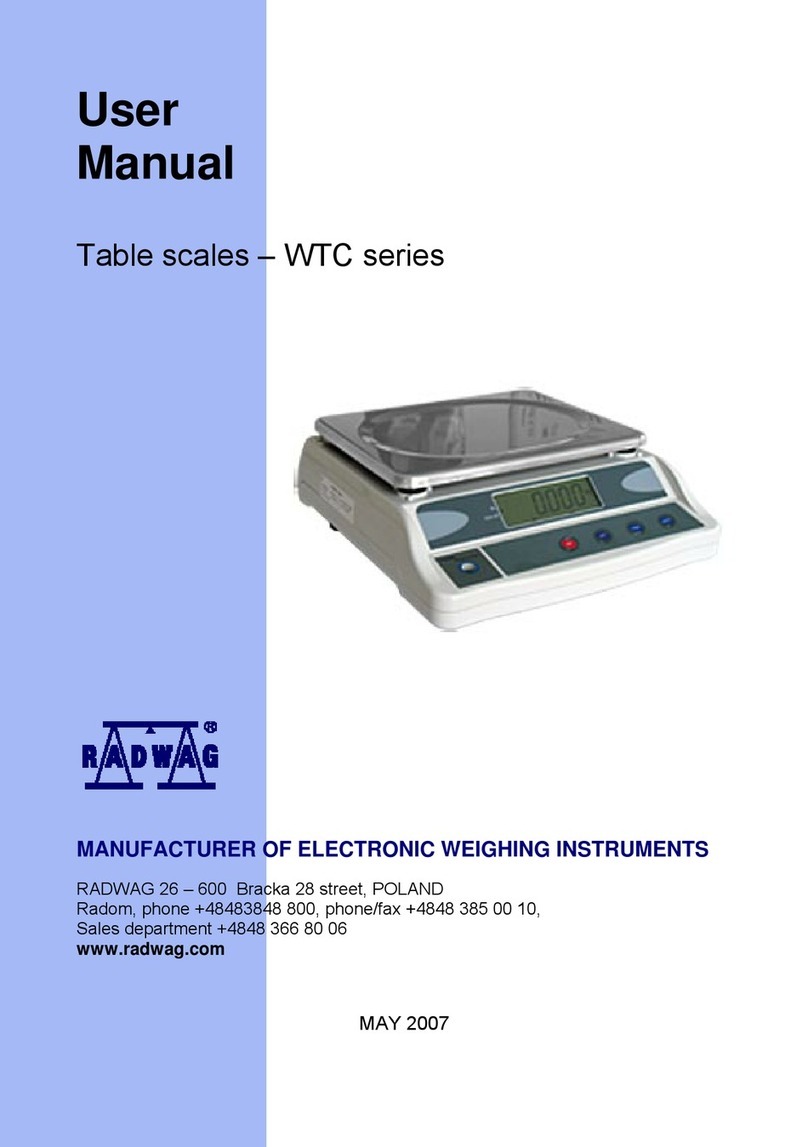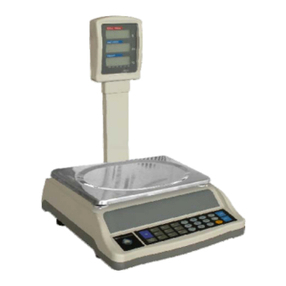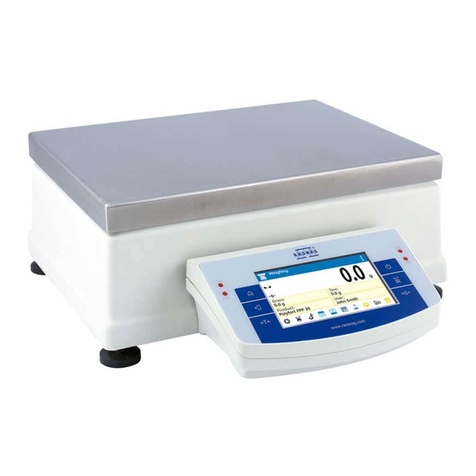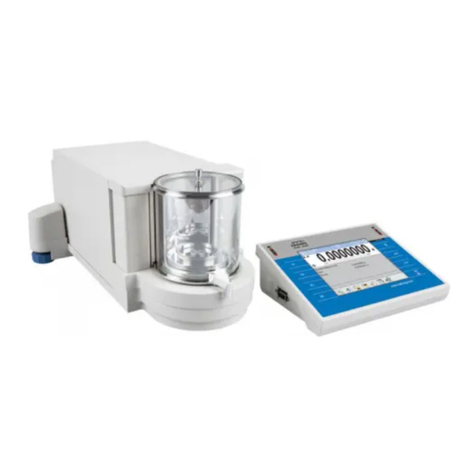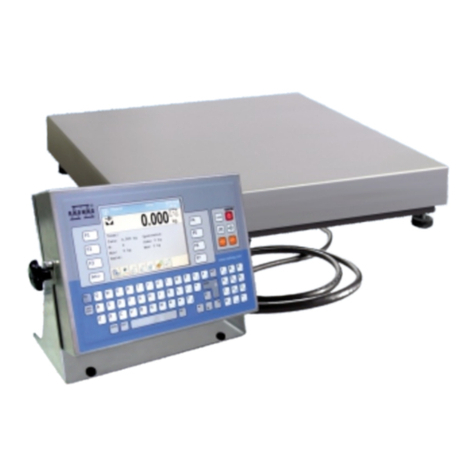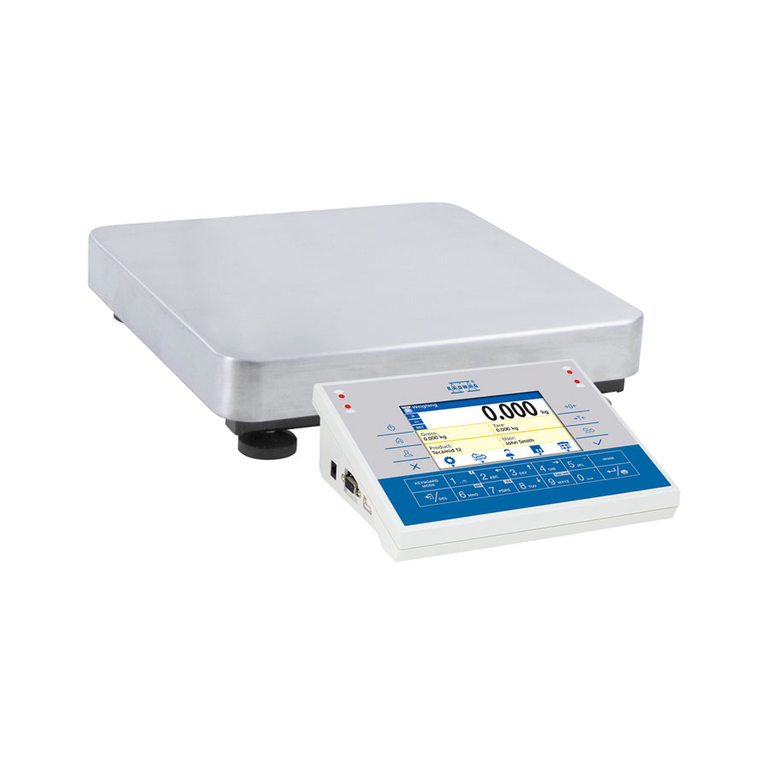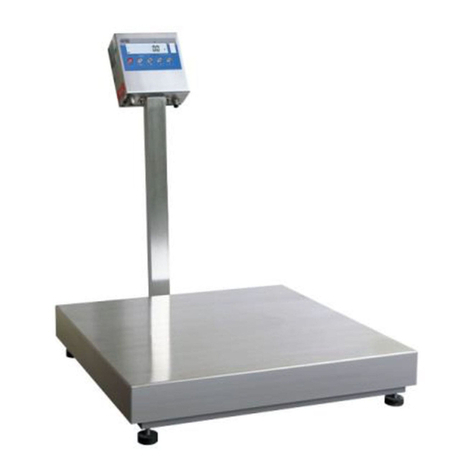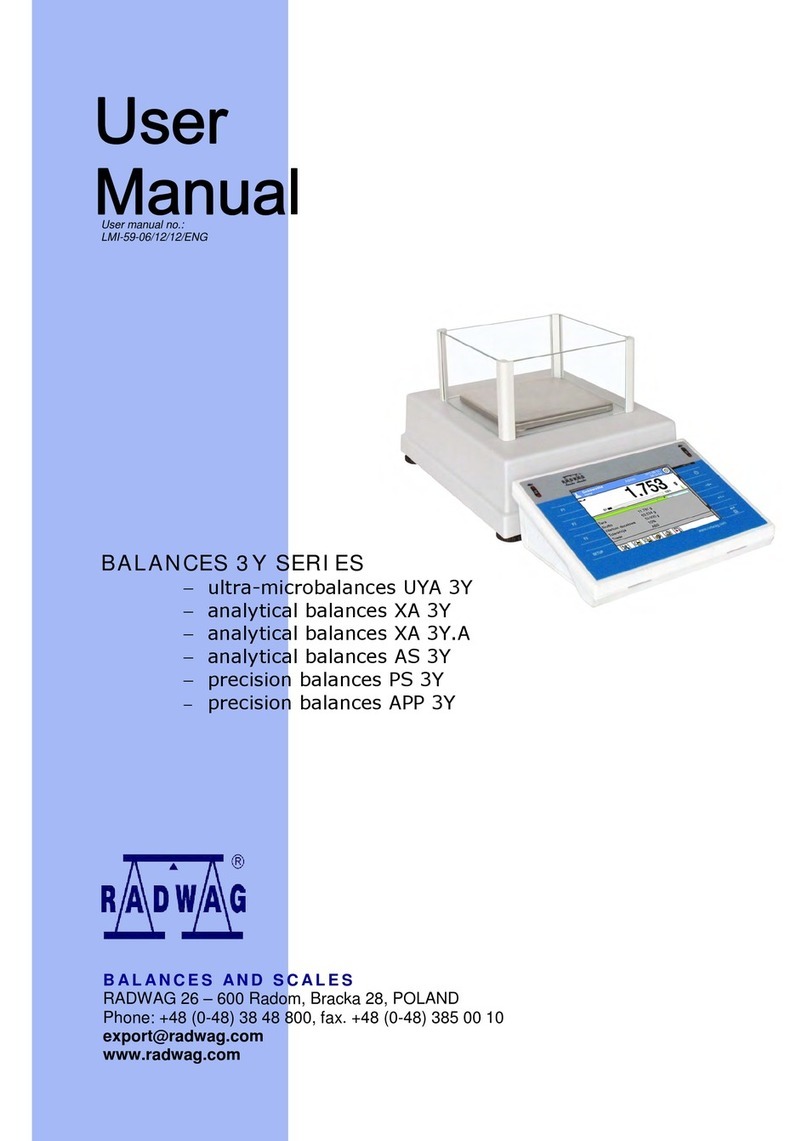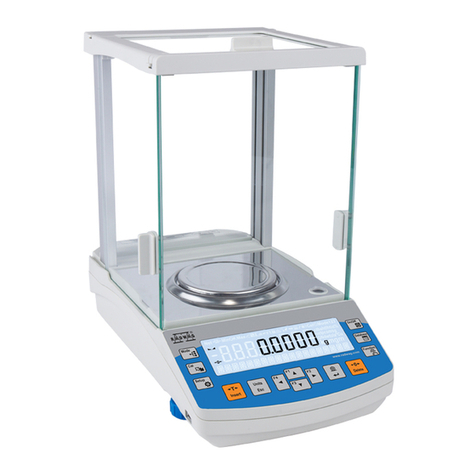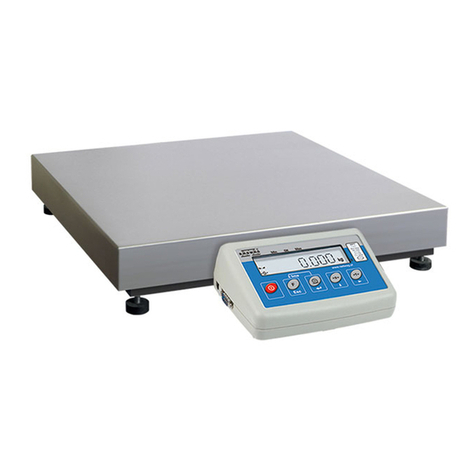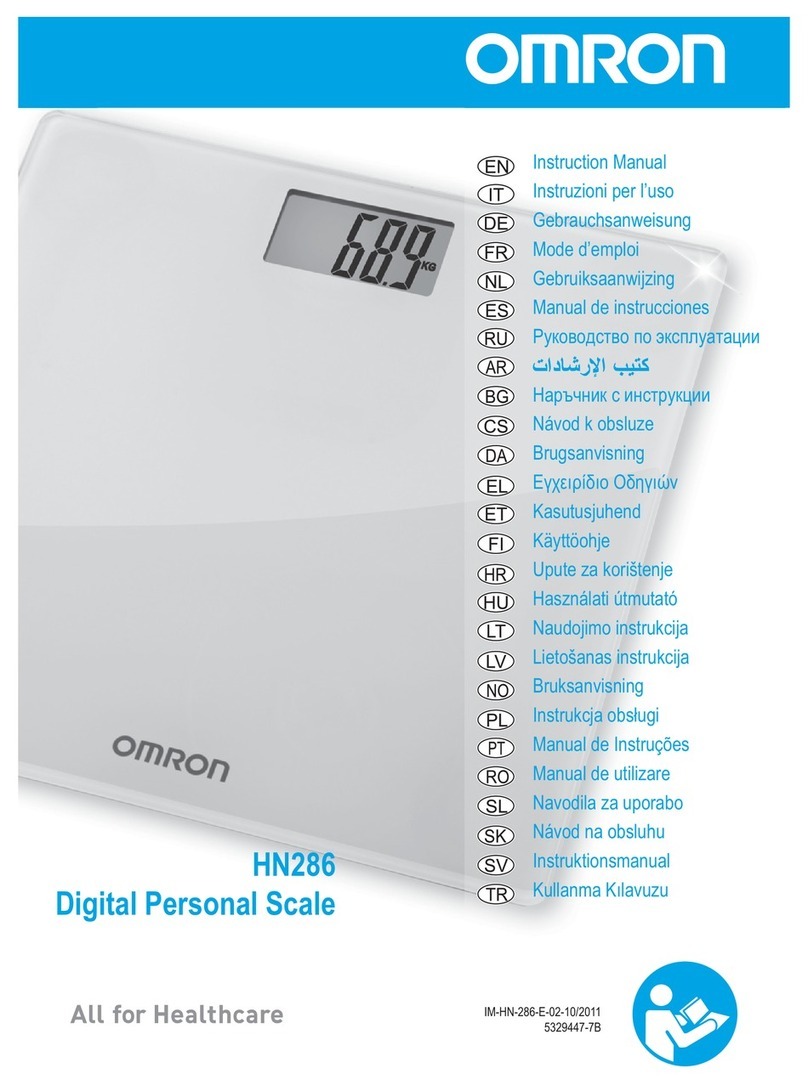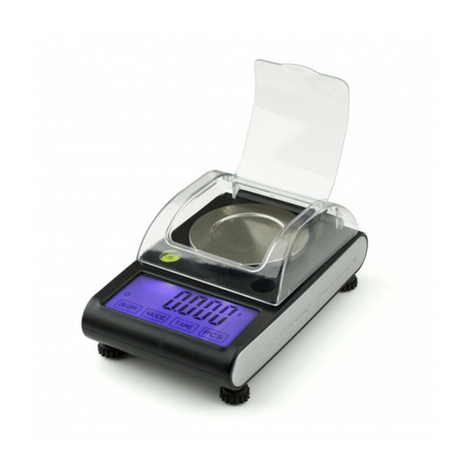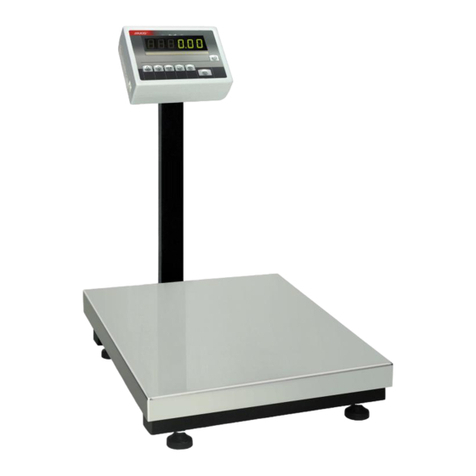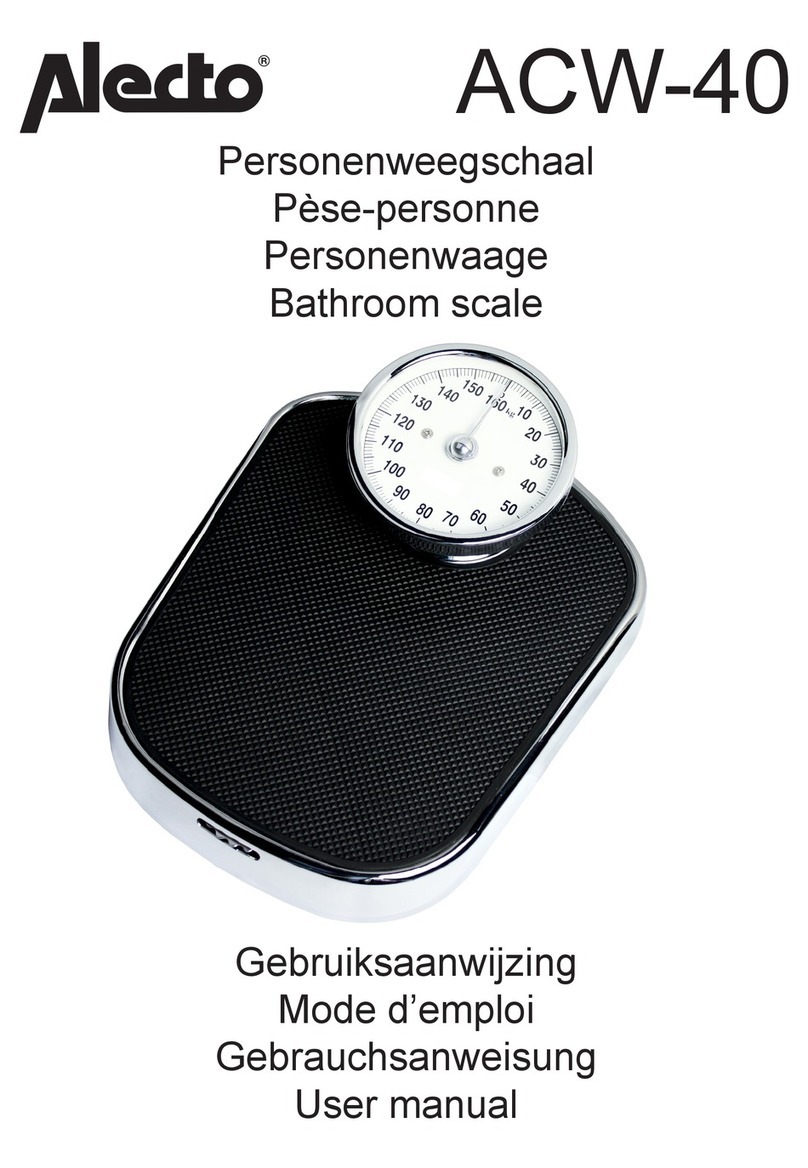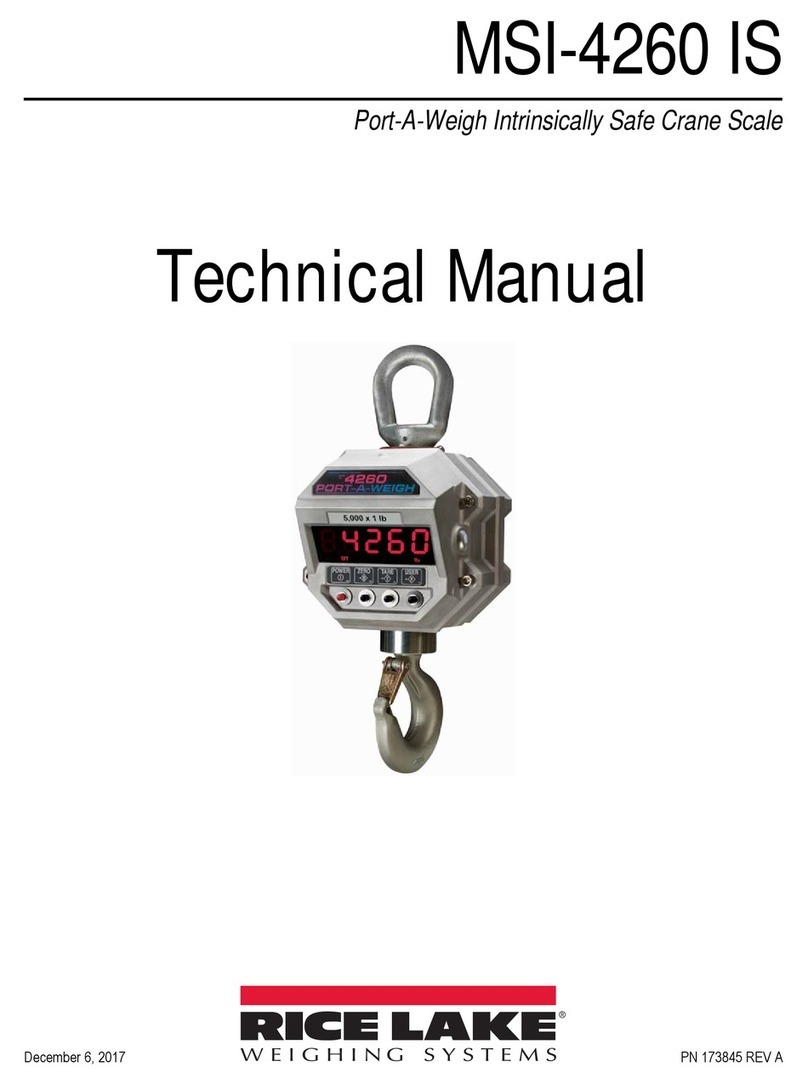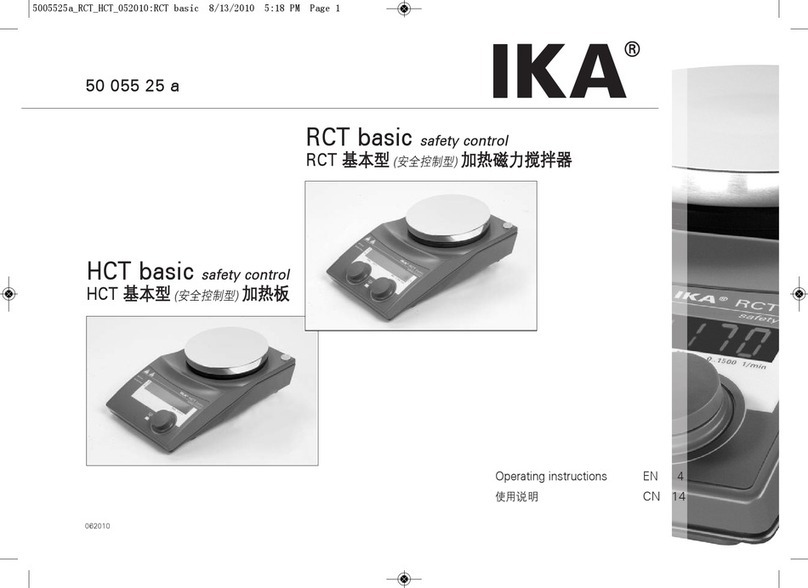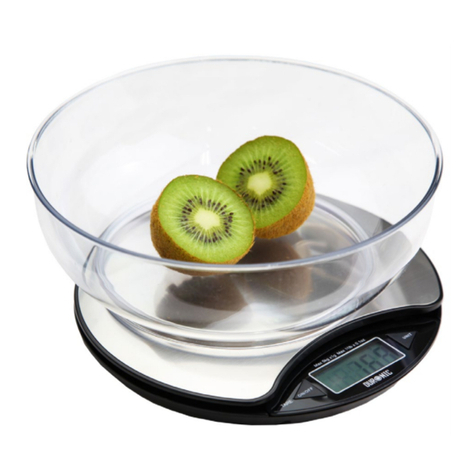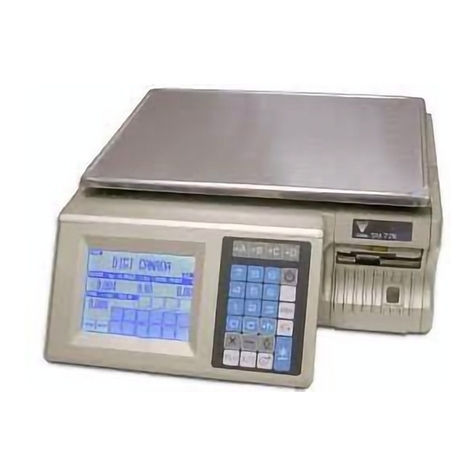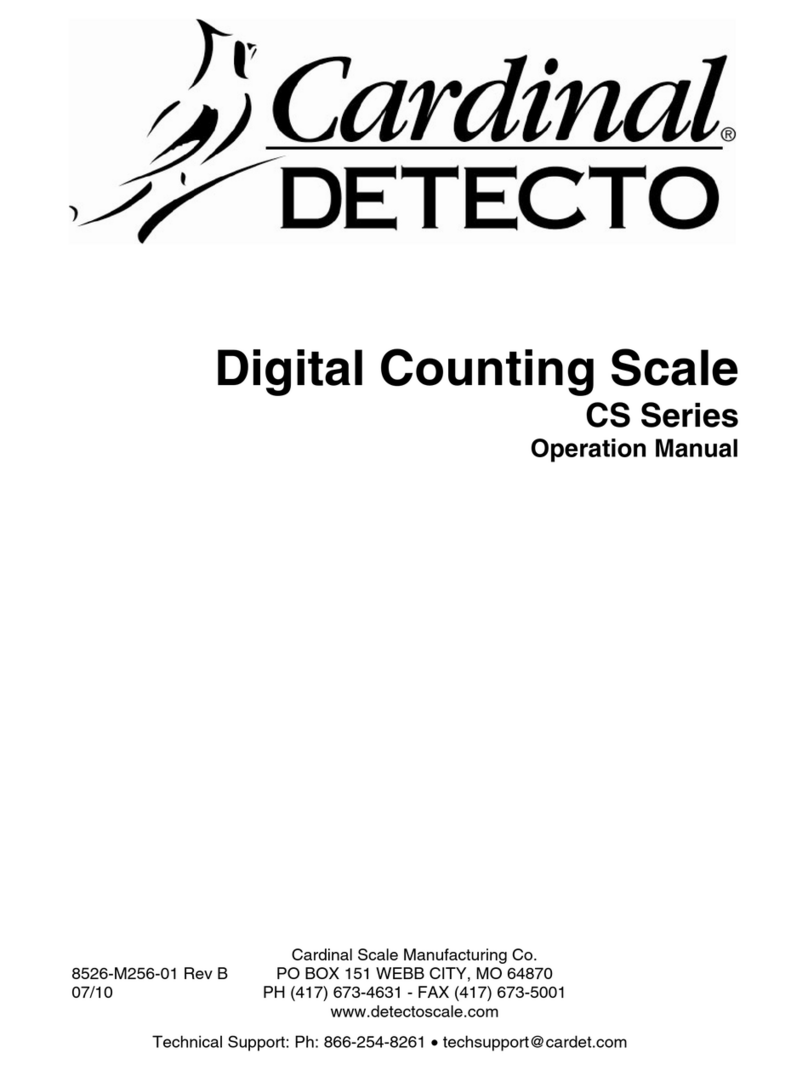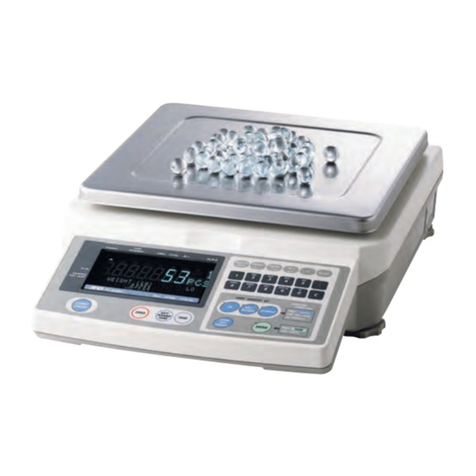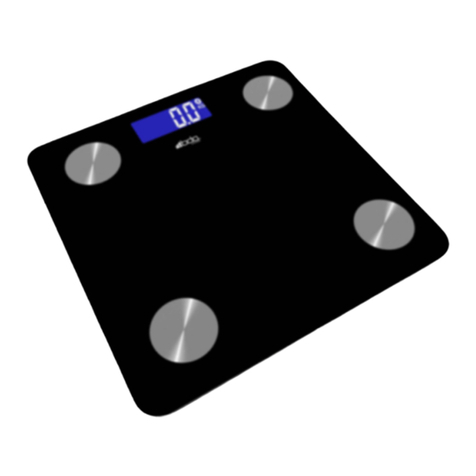
CONTENTS
1. INTENDED USE .................................................................................................................................................5
2. WARRANTY CONDITIONS ...............................................................................................................................5
3. MAINTENANCE .................................................................................................................................................5
4. SERVICE AND REPAIR.....................................................................................................................................6
5. RECYCLING.......................................................................................................................................................6
6. MECHANICAL DESIGN.....................................................................................................................................6
6.1.General View................................................................................................................................................7
6.2.Dimensions...................................................................................................................................................7
6.3.Connectors...................................................................................................................................................7
6.4.RS232 Connector.........................................................................................................................................8
6.5.Inputs/Outputs..............................................................................................................................................8
6.5.1.Technical Specifications......................................................................................................................9
6.6.Main Board Sockets.....................................................................................................................................9
6.7.Technical Specifications.............................................................................................................................10
6.8.Models........................................................................................................................................................11
7. INSTALLATION................................................................................................................................................11
7.1.Unpacking and Installation.........................................................................................................................11
7.2.START-UP..................................................................................................................................................11
8. INSTALLER INSTRUCTION............................................................................................................................11
8.1.6-Wire Load Cell Connection.....................................................................................................................11
8.2.4-Wire Load Cell Connection.....................................................................................................................12
8.3.Connecting Load Cell’s Cable Shield.........................................................................................................13
9. FACTORY PARAMETERS ..............................................................................................................................14
9.1.Factory Parameter Access.........................................................................................................................14
9.2.Factory Parameters....................................................................................................................................15
9.3.Parameter Value Modification....................................................................................................................16
9.4.Factory Adjustment ....................................................................................................................................17
9.4.1.Start Mass Determination..................................................................................................................17
9.4.2.Adjustment Factor Determination......................................................................................................17
9.5.Linearity Correction ....................................................................................................................................18
9.6.Gcor............................................................................................................................................................19
10. OPTIONAL EXTENSION MODULES ............................................................................................................19
10.1. Exclusions Regarding Installation of Additional Modules........................................................................19
10.2. RS485 Module .........................................................................................................................................20
10.2.1. RS485 Pins .....................................................................................................................................20
10.3. ETHERNET Module.................................................................................................................................20
10.4. ETHERNET IP Module ............................................................................................................................21
10.5. Analog Output Module .............................................................................................................................22
10.5.1. Wiring Diagrams of the Current Loop Module ................................................................................23
10.5.2. Technical Specifications..................................................................................................................23
10.6. PROFIBUS Module..................................................................................................................................24
10.6.1. PROFIBUS Pin Arrangement..........................................................................................................24
10.7. PROFINET Module..................................................................................................................................24
11. ACCESSORIES..............................................................................................................................................25
